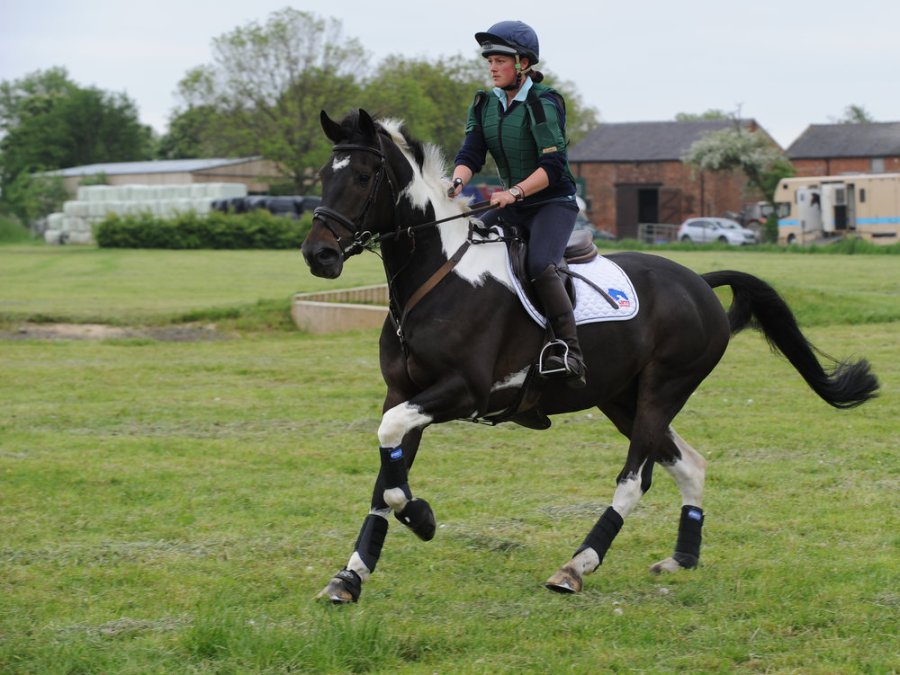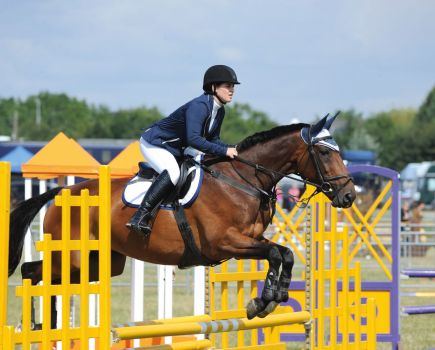When it comes to improving your cross-country riding there’s really no substitute for the real thing – galloping across the turf and jumping cross-country fences.
However, between those valuable schooling sessions, there are ways to fine-tune your cross-country technique at home. For example, having the ability to adjust your horse’s canter stride is an essential skill.
Olympic eventer Mary King and her daughter Emily explain the three key canter gears for cross-country.
“You have to develop the ability to balance and adjust your horse’s canter depending on the type of fence you’re about to jump,” explains Mary.
There are three main types of canter that you’ll need to use when riding cross-country.
“It’s important to develop a feel for jumping out of each of them,” says Emily, “and also have the ability to move up and down through the gears.”
The three main canter gears are:
1. A short, powerful canter – sometimes referred to as a ‘coffin canter’. This is usually used when there’s something on the landing side, such as a ditch or water, that may surprise your horse. This gear gives your horse a little more time to read the question. It’s important that this canter still has plenty of energy – you need to steady the pace by using your upper body and not killing the canter by using too much hand.
2. Showjumping canter – this is forward and well-balanced and is used for when you’re jumping vertical rails or a combination fence.
3. Gallop – this isn’t flat out and should still be powerful and balanced, with your horse stepping under his body. Most cross-country obstacles are jumped from this pace.
Don’t miss the latest issue of Your Horse Magazine, jam-packed with training and veterinary advice, horse-care tips and the latest equestrian products available on shop shelves, on sale now.









